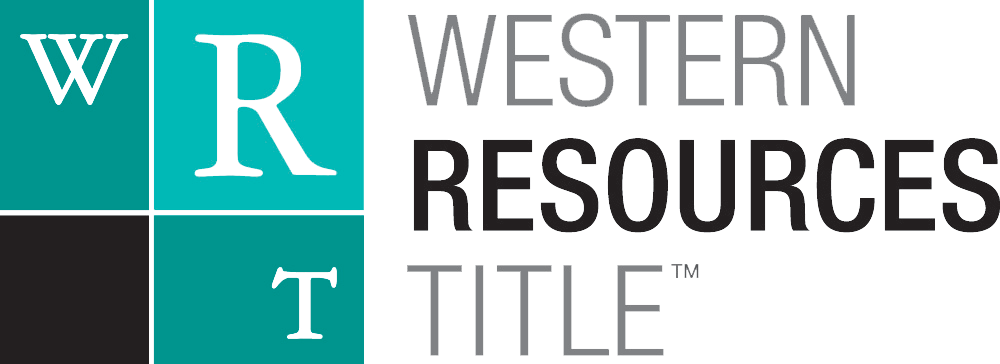As part of the disclosure process, once a prospective buyer has an accepted offer on California real estate, they will need to review the CC&Rs (if there are any) that exist for the home being purchased.
 CC&Rs stands for Covenants, Conditions and Restrictions
CC&Rs stands for Covenants, Conditions and Restrictions
Sounds complicated, but it’s not really…although they can be VERY lengthy with LOTS of legal terms. You will find them most commonly in subdivisions/housing tracts and they are generally recorded documents.
Simply put, CC&Rs are a description of things a homeowner can and cannot do with their property on the area in which the property resides.
Covenants are promises to do or not do certain things.
The homeowner might be prohibited from parking an RV on the street or in the driveway (a separate area would normally be provided).
Conditions are pretty much the same as covenants, except that it refers to either the monetary penalty, court injunction or action taken against the homeowner for violating a covenant. A condition can also specify an action that a homeowner must take in order to correct a covenant violation.
Restrictions limit the activities of homeowners to assure that the property use is consistent with the land use in the general area (e.g., You can’t turn your property into a farm).
If there is a Home Owner’s Association (HOA) they have the authority to enforce these rules. Please Note: CC&Rs DO NOT report on the status or solvency of their governing HOA.
CC&Rs ARE NOT NEGOTIABLE and their review is part of the real estate contractual process. A preliminary title report will indicate that CC&Rs exist but will not specify them. Digital copies of these LENGTHY public records are obtainable at the start of the escrow process.


